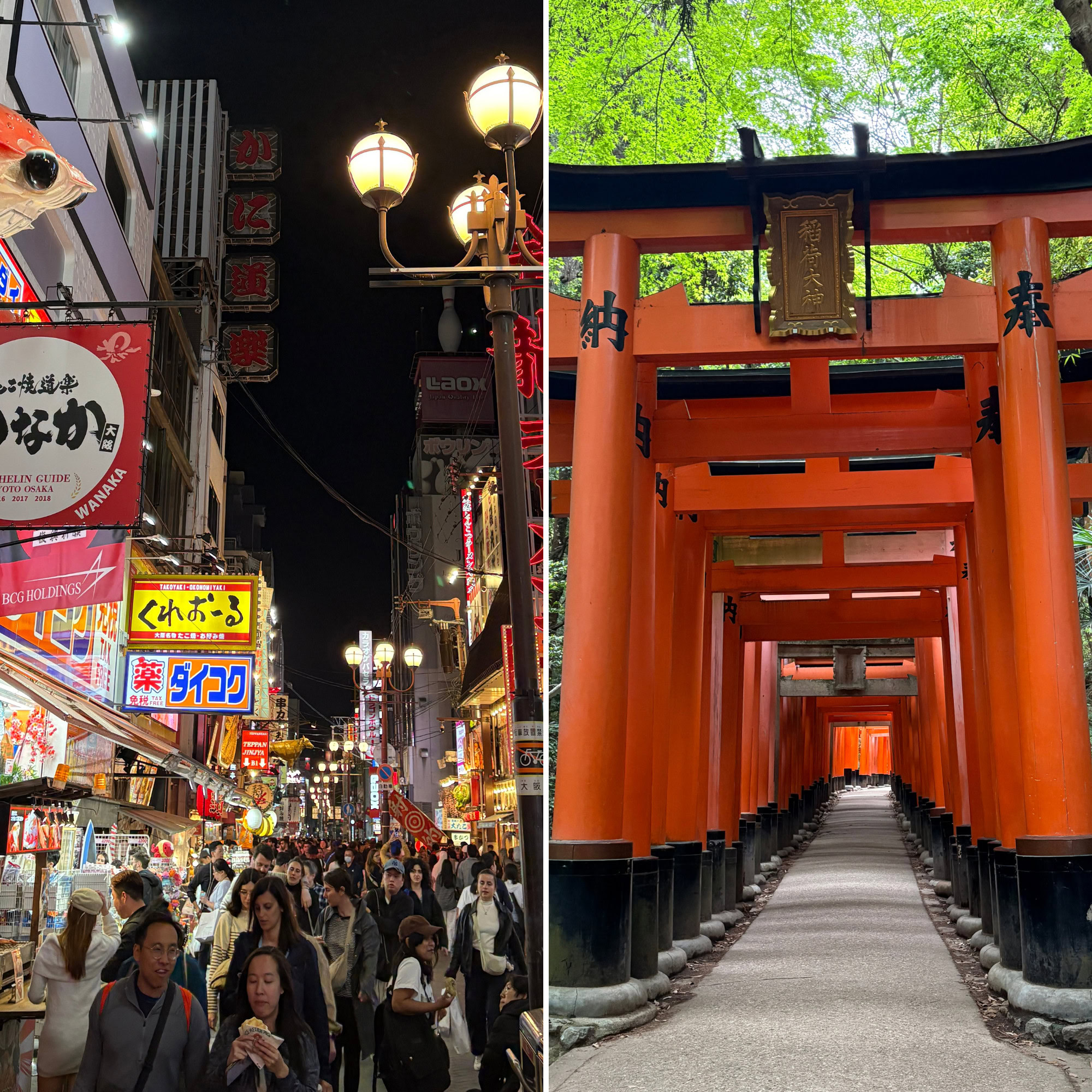Osaka vs Kyoto: 7 Things You Should Know Before
Trying to decide between Osaka and Kyoto? You’re not alone. These two cities are staples in nearly every Japan travel itinerary, and for good reason.
But here’s the thing: they might be close in geography, yet they’re worlds apart in personality.
Kyoto is the refined older sibling, the one who lights incense, sips matcha, and takes you temple-hopping in silk slippers. Osaka?
It’s the louder, messier friend who wants to eat everything in sight, talk your ear off, and drag you into a random izakaya until 2 AM.
In this article breakdown, I’m not going to tell you which one is “better.” That’s up to your travel style.
What I will do is break down seven real, experience-based differences between Osaka and Kyoto that will help you make a decision that actually fits your vibe.
No fluff, no cookie-cutter tourist talk, just what you really need to know before picking the city you’d prefer visiting, or perhaps which of the two you should spend more time in during your trip.
1. Kyoto Is More Touristy Than Osaka
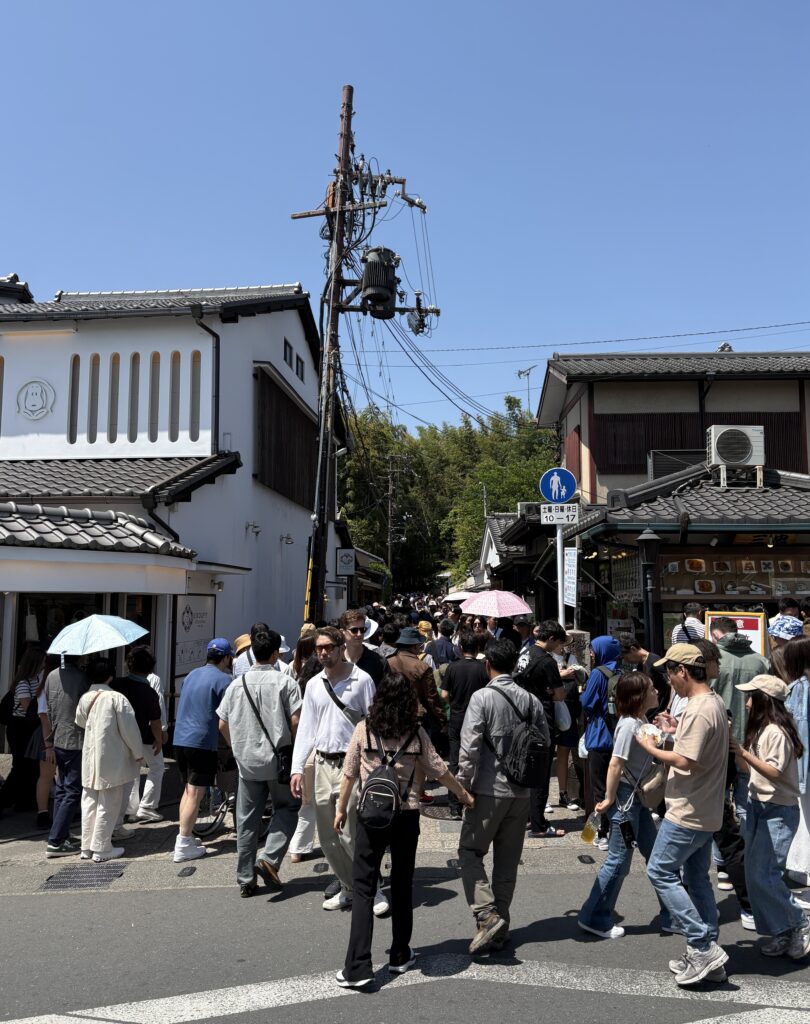
Let’s start with the obvious: Kyoto is crowded. Like, selfie-stick-in-your-face crowded. It’s Japan’s cultural jewel, and everyone knows it, from busloads of school kids to full camera crews. The temples, shrines, and geisha districts draw millions of visitors, and it shows.
Now, Osaka? It’s touristy too, sure, especially around Dotonbori and Universal Studios. But it doesn’t hit you in the same way.
The crowds seem more like people living their lives rather than posing for the perfect Instagram shot. And outside the central zones, you’ll quickly find yourself in neighborhoods where tourists are few and far between.
The vibe difference is real. Kyoto can feel like a museum, beautiful, yes, but also a bit performative. Osaka is messier, more lived-in, and honestly, more laid-back.
If you’re looking for that clean cultural deep dive, Kyoto delivers. However, if you’re looking for something a little more grounded and less polished, Osaka might surprise you.
Kyoto draws massive international crowds, featuring temples, geisha districts, and historic sites. Osaka has its tourists, but you won’t feel mobbed 24/7, especially outside Dotonbori.
2: Osaka Has Way More Variety in Things to Do
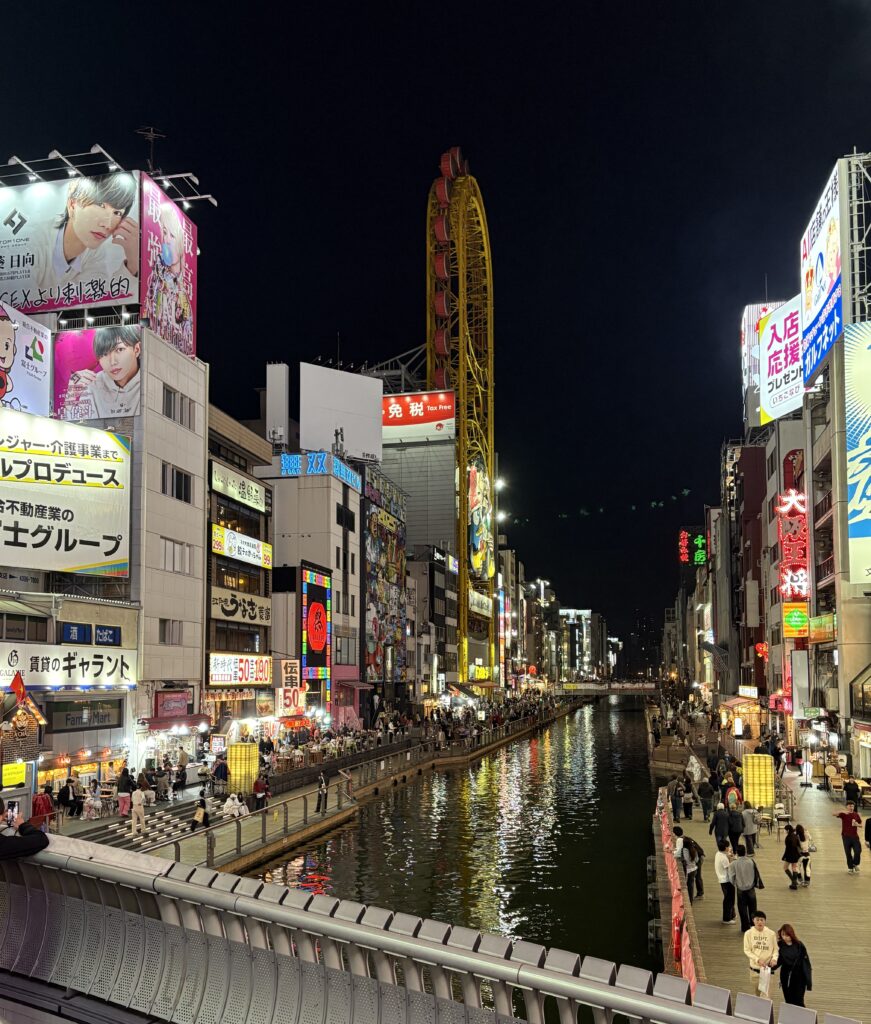
If your travel style leans toward the active and eclectic, Osaka might be the better choice.
Kyoto offers plenty in terms of temples, gardens, and historical walks, but after your fourth shrine in a row, even the most zen traveler might crave something different.
Osaka brings the energy. You can spend your morning exploring a massive aquarium, hit up TeamLab for some digital mind-bending visuals, swing by a random food alley for takoyaki, then cap the night with karaoke or a trip to Universal Studios Japan. It’s built for variety.
Even walking around feels different. Kyoto wants you to admire. Osaka wants you to engage. It’s a choose-your-own-adventure city with more diverse options and fewer rules.
If you’re the kind of person who gets bored easily or wants a faster pace, Osaka wins this round.
3: Kyoto Is Pricier Than Osaka (Hotels, Food, Everything)
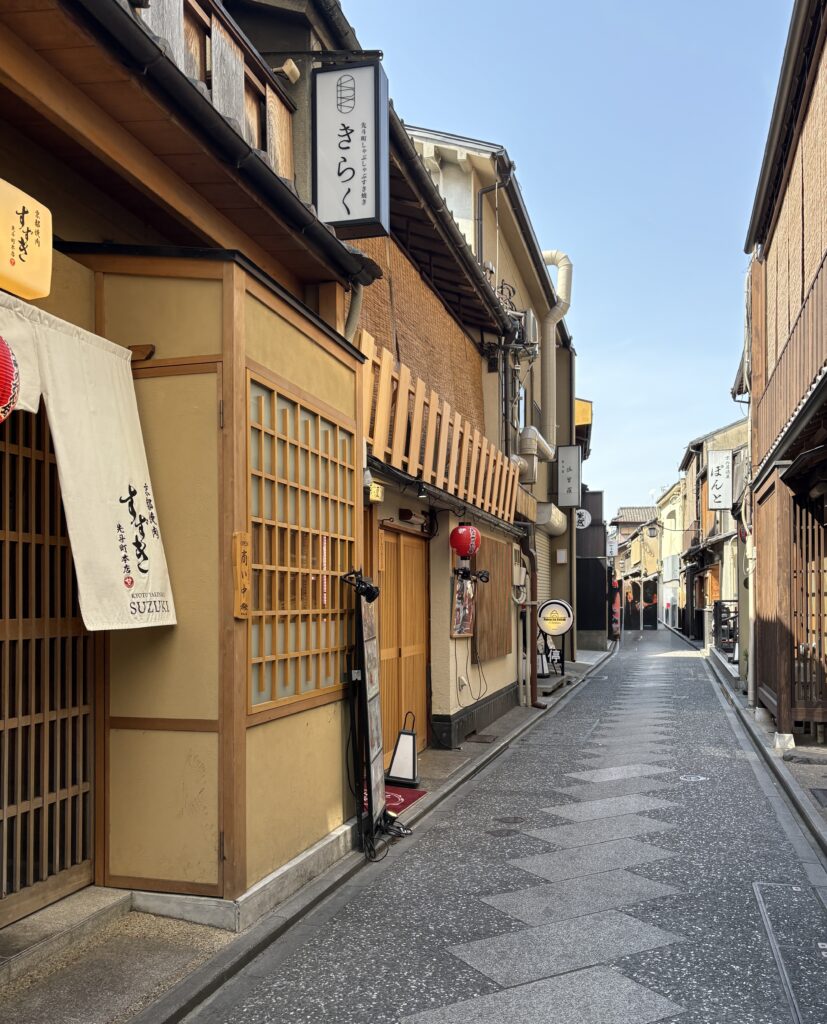
Surprise, surprise: Kyoto is expensive. Between the high demand for hotels near its famous sites and the overall upscale focus on tourism, costs quickly add up.
And don’t get me started on those tiny cafes with ¥1,200 matcha lattes in Arashiyama.
Osaka, on the other hand, feels more forgiving to your wallet. Street food is everywhere and absurdly good for the price.
You’ll find solid hotels and Airbnbs for less, and the city has many more budget-friendly dining options that still taste incredible.
This isn’t just about hotels and food either. Transportation, attractions, and shopping are generally more affordable in Osaka.
If you’re budget-conscious or prefer to get more value for your yen, Osaka makes your money stretch further. I highlighted this a few times in my Japan trip costs guide.
4: Osaka Wins Hands Down When It Comes to Food
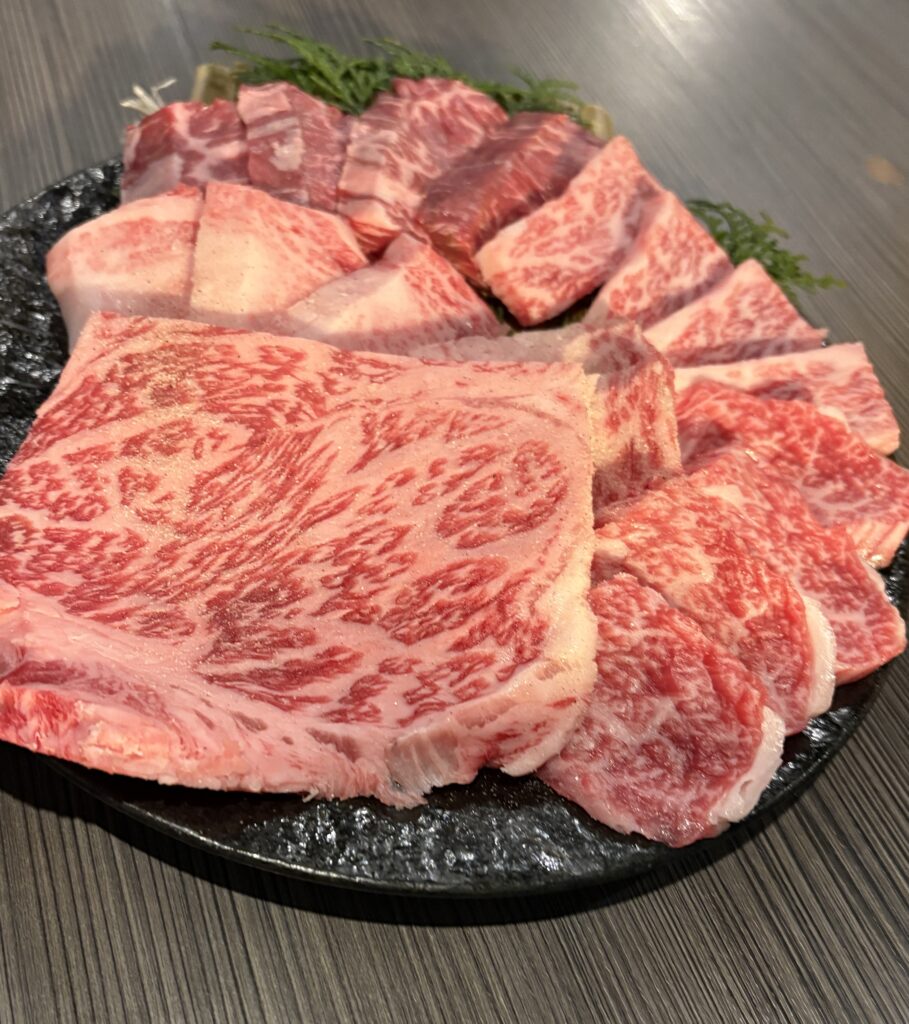

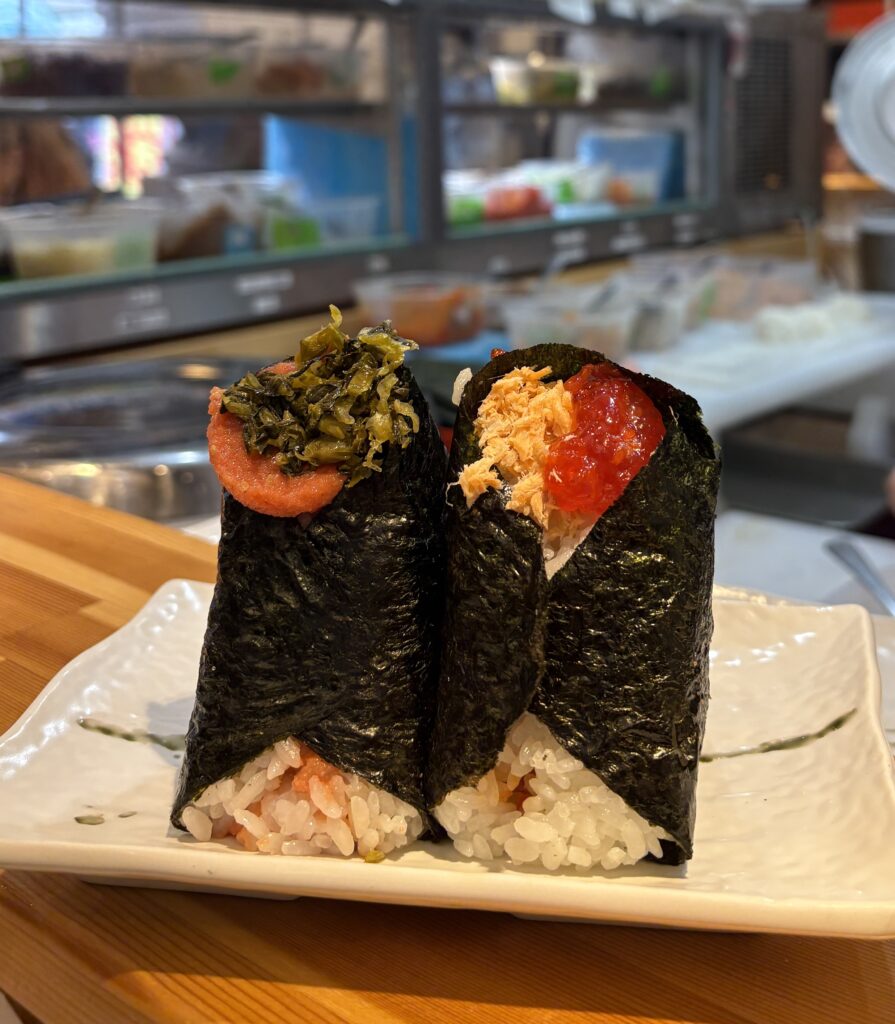
Let’s be real. Kyoto has its elegant multi-course kaiseki meals and beautifully plated seasonal cuisine.
But Osaka? It’s where Japanese comfort food reaches its peak. If you came to Japan to eat, and I mean really eat, Osaka is where your stomach belongs.
The nickname “Kitchen of Japan” isn’t just branding. Takoyaki, okonomiyaki, kushikatsu, yakiniku, some of the best sushi outside of Tokyo—it’s all here, and it’s all incredible.
There’s a reason Osaka locals take pride in their food scene. It’s rich, accessible, and downright addictive.
I still dream about the all-you-can-eat wagyu feast I had in Namba for around 50 bucks. Two hours of butter-soft beef cuts that melted in my mouth.
That meal alone nearly justified my plane ticket to Japan. If food is your priority, Osaka delivers not just quantity but unforgettable quality and value!
5: Kyoto Is Closer to Tokyo (Which Affects Crowds + Trains)
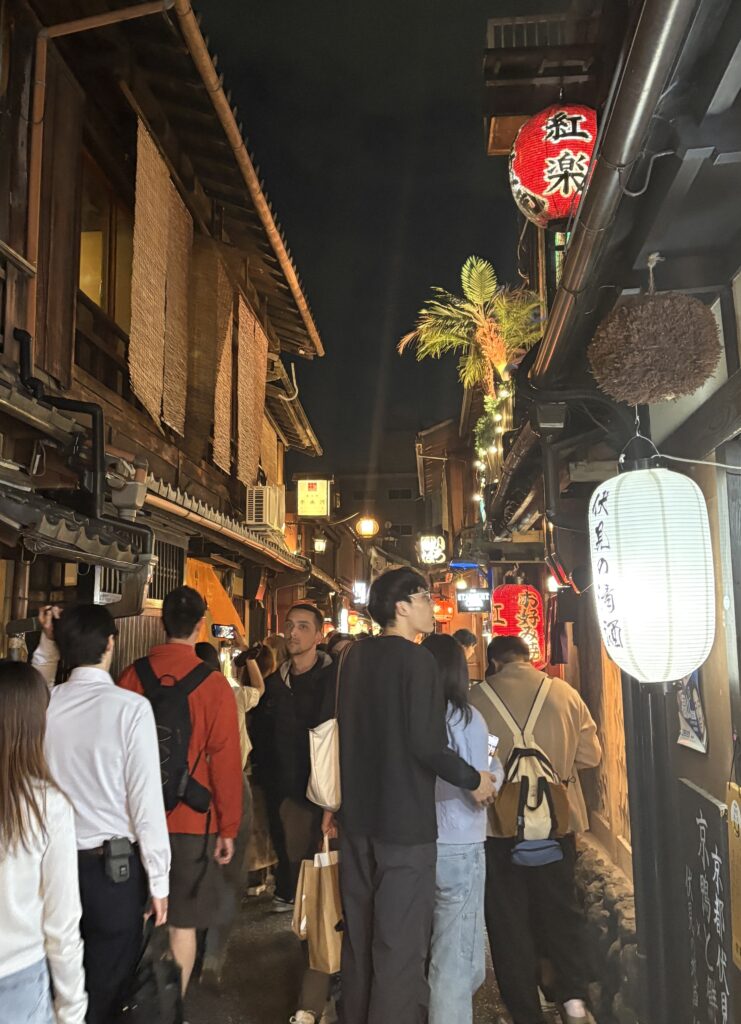
On paper, the distance difference isn’t huge. Kyoto is only about 15 minutes closer to Tokyo by Shinkansen compared to Osaka.
But in practice, that proximity makes it a popular day-trip destination or first stop for travelers entering Japan via Tokyo.
What does this mean? More foot traffic. More tour groups. More people are squeezing a glimpse of Kyoto’s highlights into a 24-hour rush.
Osaka, being just a bit further out, feels slightly less overrun. People who visit Osaka are more likely to stay a while.
That longer commitment changes the energy. It’s less transient, more lived-in, and you feel it when walking the streets.
If you’re planning a multi-city trip, this difference may not seem significant. But if you’re only doing one stop after Tokyo, it might be the reason you end up shoulder-to-shoulder on Kyoto’s temple steps.
6: Kyoto Leans Traditional; Osaka Feels More Local + Lively
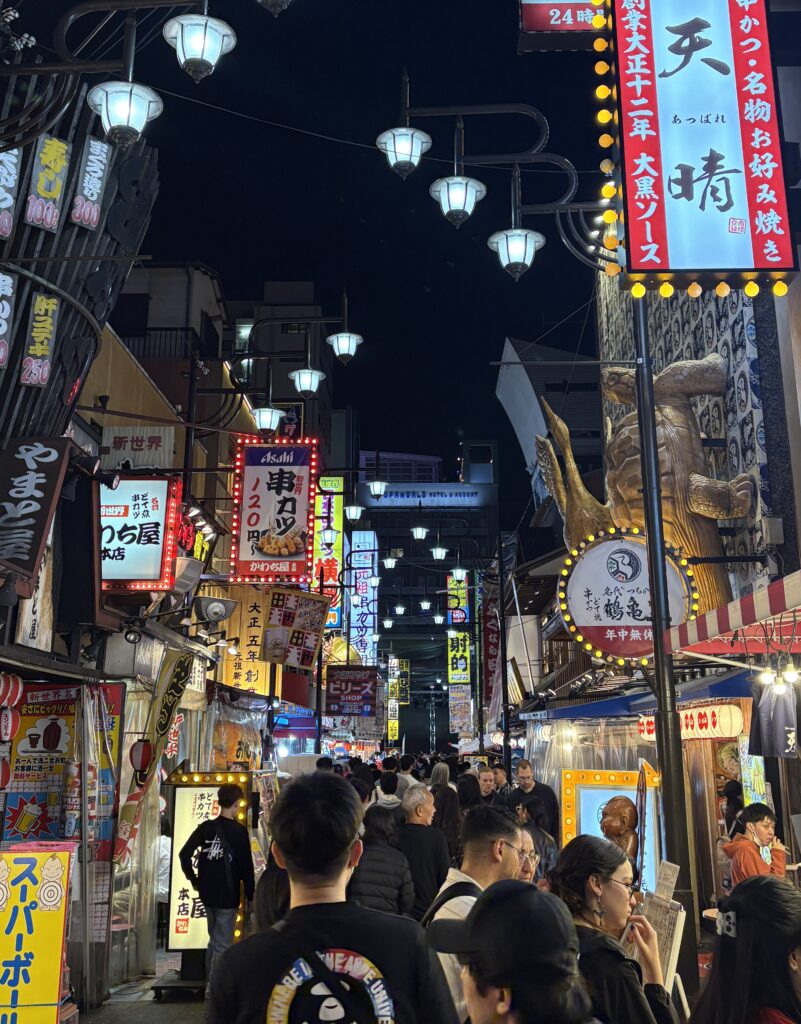
Kyoto is often described as Japan’s cultural heart, and it lives up to the title. You can’t turn a corner without spotting a centuries-old temple, a torii gate, or a traditional machiya house.
It’s where history is preserved, honored, and sometimes staged for tourist cameras.
Osaka isn’t trying to show off its history. It’s busy being itself. You’ll find remnants of old Japan here, too, but they’re woven into a city that never stopped moving forward. The vibe is more everyday life than museum-like preservation.
If you want postcard-perfect old Japan, with Japanese norms and culture, Kyoto nails it. However, if you’re looking to understand how people actually live in Japan today, while still stumbling upon a few shrines, Osaka offers a more grounded glimpse.
7: Osaka Is More Laidback, Kyoto Is More Formal
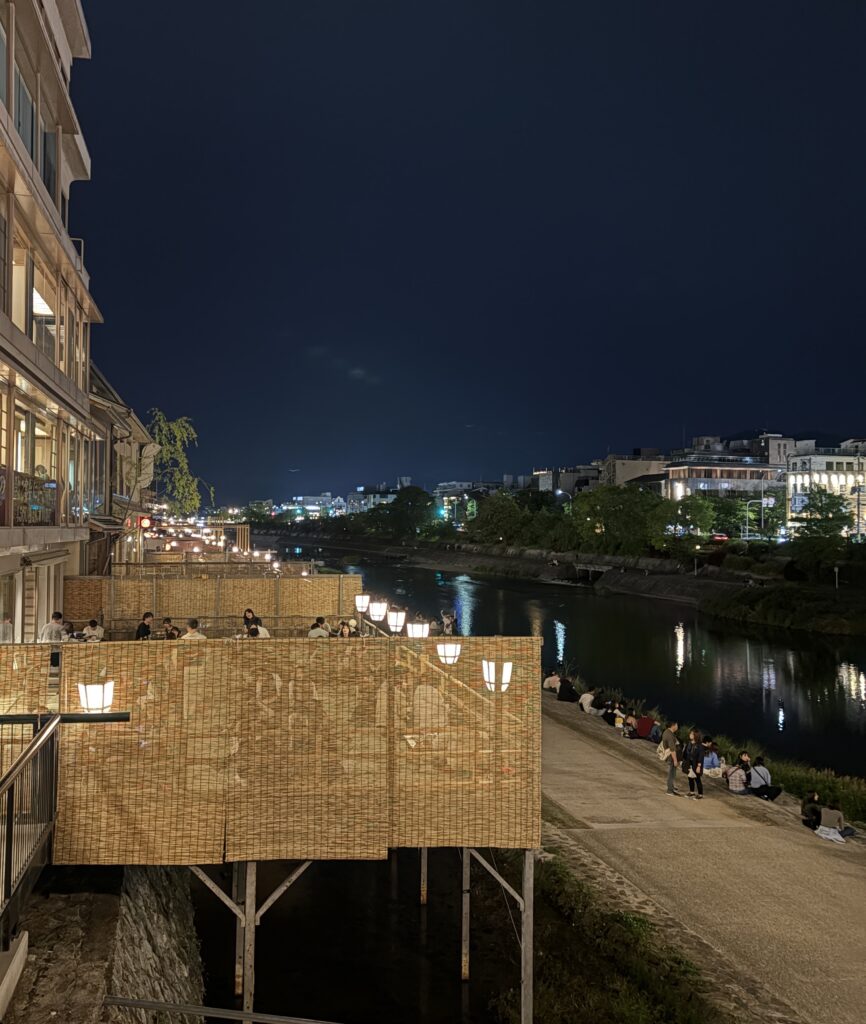
There’s a casual ease to Osaka that you’ll notice almost immediately. People speak louder, smile more, and aren’t afraid to joke with strangers.
Even the shopkeepers feel like they’re part of some inside joke you’re slowly getting let in on. It’s got a scrappy, down-to-earth charm that places like Tokyo and Kyoto don’t really share.
Kyoto, by contrast, walks a little straighter. There’s a quiet, measured grace to everything, especially in its more traditional districts like Gion.
You’ll see people walking in silence through temple grounds or sipping tea in near total quiet. It’s beautiful, no doubt. But there’s also a formality to it that makes you feel like you need to whisper even outside a shrine.
That difference in energy shows up everywhere, from how you order food to how strangers interact with you to the general rhythm of the day.
In Osaka, there’s more room just to be yourself. You don’t need to dress up, follow unspoken social scripts, or feel guilty for laughing too loudly at dinner.
If you’re the kind of traveler who prefers spontaneity over structure, or if the idea of wandering through bustling food alleys sounds more appealing than solemn temple visits, then Osaka is going to feel like a more comfortable fit.
It’s not that Kyoto is rigid; it’s just that Osaka has more wiggle room. And sometimes, that’s exactly what you need.
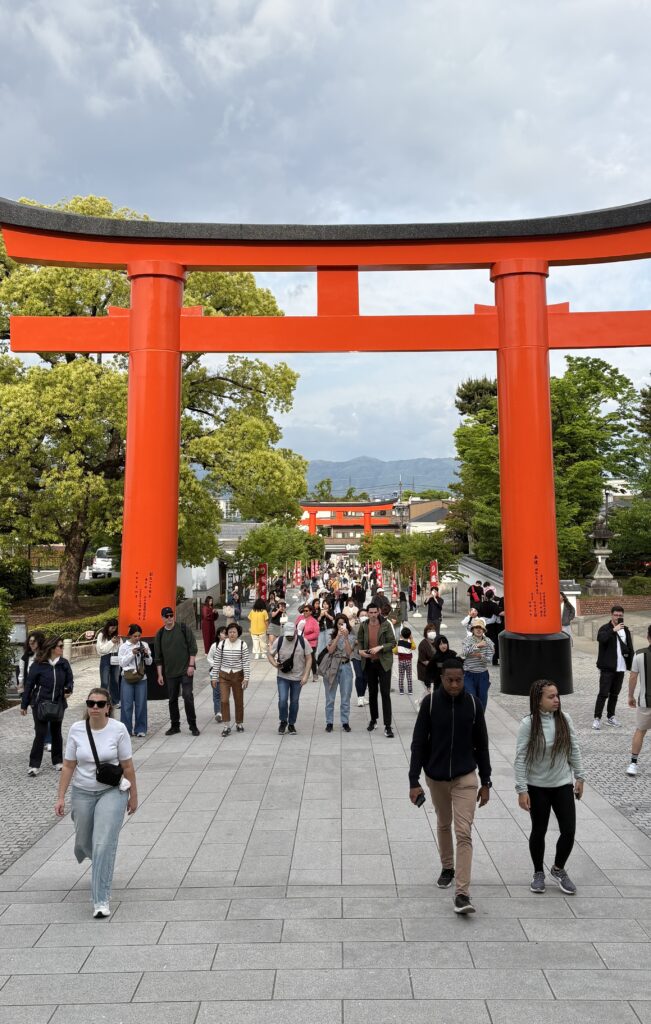
Where to Stay: Osaka or Kyoto?
Accommodation can really shape your experience, especially in cities with vibes as different as Osaka and Kyoto.
Below are two of the most popular areas in each city to base yourself, along with hotel picks that I genuinely recommend for their location, comfort, and value.
Staying in Osaka
Namba
Perfect for first-timers and food lovers, Namba is the vibrant beating heart of Osaka. You’ll be surrounded by street food, nightlife, and easy subway access.
- Hotel Monterey Grasmere Osaka
- A stylish mid-range hotel right near Dotonbori. Great views, solid breakfast, and walking distance to the action without being noisy.
- Hiyori Hotel Osaka Namba Station
- Just steps from Namba Station, this is a modern, clean, and quiet spot that provides easy access to nearly anywhere in the city.
Umeda
Osaka’s business and shopping district, Umeda, is ideal for those who want big city vibes with sleek towers and major malls.
- Hotel Granvia Osaka
- Located directly above Osaka Station. Super convenient, polished interiors, and surprisingly quiet for being in the center of it all.
- Hotel Hankyu International
- A more upscale option with elegant decor and panoramic city views. Perfect if you want a bit of luxury without breaking the bank.
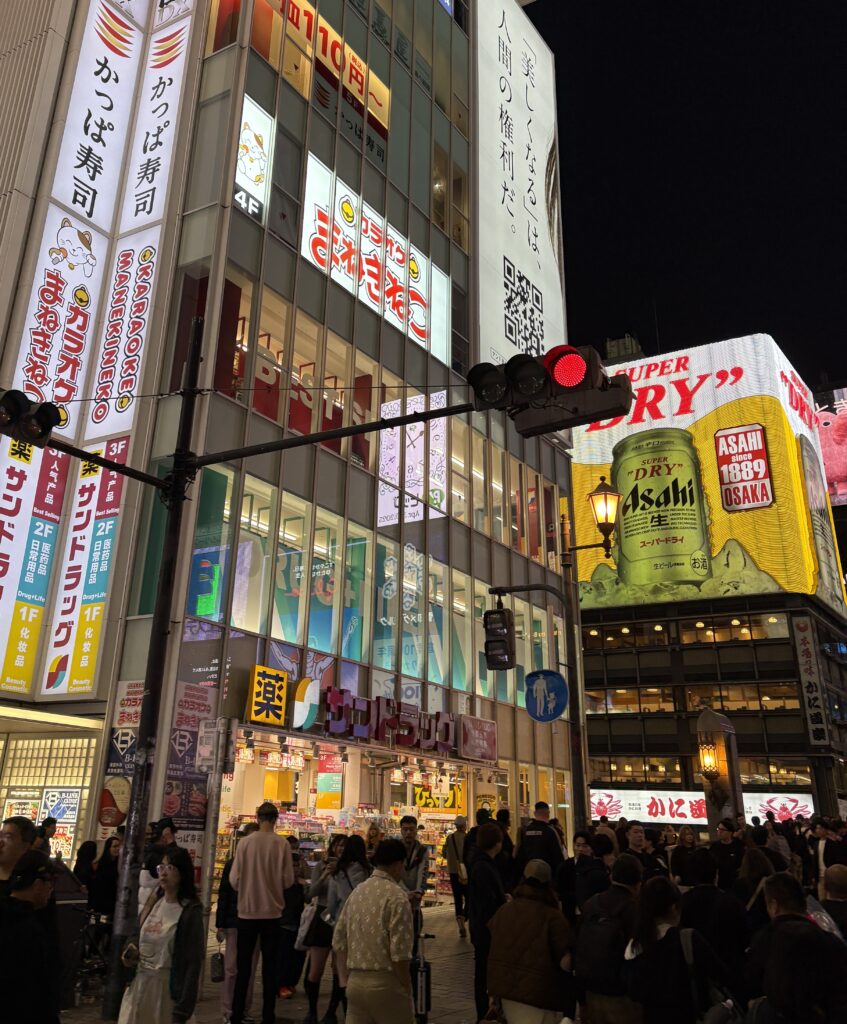
Staying in Kyoto
Gion
Traditional, scenic, and perfect for the culture lover. This is Kyoto’s iconic geisha district with cobbled streets and wooden houses.
- Hotel The Celestine Kyoto Gion
- Boutique vibe in the heart of Gion. Feels tucked away but is just a short walk to Yasaka Shrine and great eateries.
- Hotel Grand Bach
- Modern and minimalist, these stays near Gion offer comfort, style, and surprisingly well-priced accommodations for the location.
Kyoto Station Area
Easy access, lots of transit options, and close to several key sites. Great for those traveling with luggage or doing day trips.
- Hotel Granvia Kyoto
- Attached to the station, so you can literally roll out of bed and catch a train. Rooms are big and well-equipped.
- Miyako Hotel Kyoto Hachijo
- A more budget-friendly pick, still very close to the station. Comfortable, clean, and convenient for getting around.
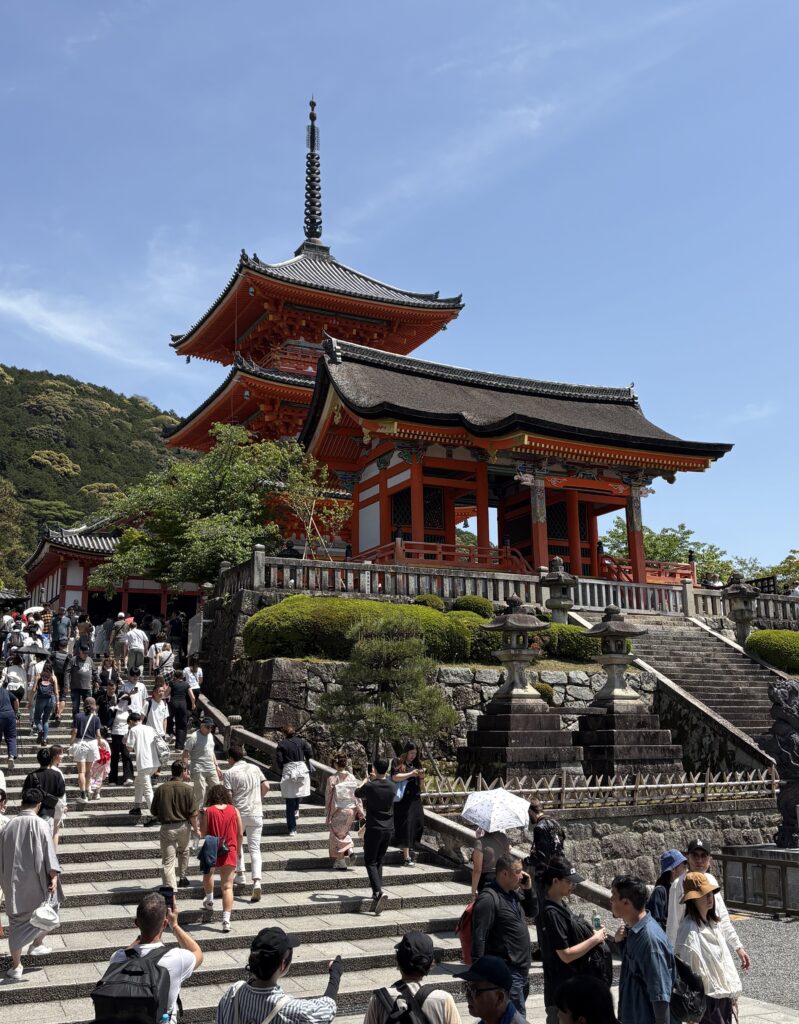
Can You Visit Both Cities?
Short answer? Yes. But how easily you can pull it off depends entirely on your Japan itinerary.
If you’re visiting Japan for a week, especially if Tokyo is already on your itinerary, things can get a little tight. Tokyo needs at least four full days, five if we’re being honest.
That leaves you with two or three days at most for somewhere else. You can technically squeeze in both Osaka and Kyoto, but you’ll be zipping around like you’re playing travel tag.
If you’ve got 10 to 14 days, now we’re talking. That’s the sweet spot where visiting Tokyo, Osaka, and Kyoto all becomes realistic, without needing to sprint through every shrine and skip every meal.
In this case, I’d recommend at least three days in Osaka (though four is better), and two to three days in Kyoto. Any less, and it starts to feel like a highlight reel instead of an actual trip.
Also, consider what kind of traveler you are. If you’re more into temples and tradition, Kyoto might deserve more of your time.
If food and nightlife are your priorities, lean into Osaka. And if you’re taking side trips to places like Nara, Kobe, or Hiroshima, adjust your plans accordingly.
So yes, you can visit both. Just make sure your pace fits your travel personality, and don’t try to do it all in five days unless you enjoy living in train stations.
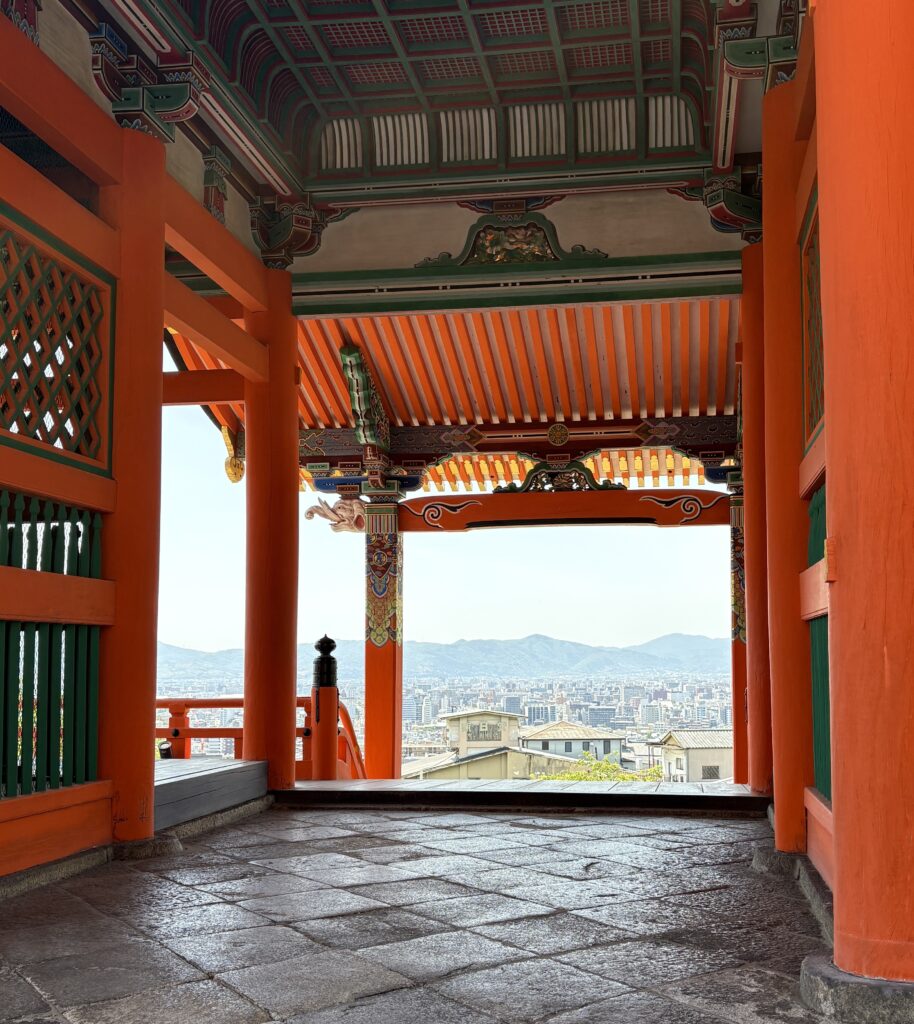
How to Get Around Japan: Trains, Passes, and Quick Tips
- JR Pass: If you’re traveling around Japan for a week or more, the Japan Rail Pass might be worth it. It offers unlimited travel on JR trains, including the bullet trains, across the country. Just be sure to compare individual ticket prices before buying, because the pass isn’t always the cheaper option these days.
- The Shinkansen (Bullet Train): Fast, efficient, and genuinely fun to ride. The Shinkansen connects major cities, such as Tokyo, Kyoto, and Osaka, in under three hours. Trains are punctual, comfortable, and run so frequently that you rarely need to worry about missing one.
- Local Transit: Once you arrive in Kyoto or Osaka, navigating the city is straightforward. Both cities have well-connected metro systems, and you can easily explore by subway, bus, or just on foot—especially in Kyoto’s historical districts and Osaka’s shopping hubs.
- IC Cards (like Suica or ICOCA): These prepaid cards are lifesavers for quick tap-in, tap-out access to trains, buses, and even convenience stores. They work across most of Japan and save you from fumbling with change. You can also download a mobile version of Suica on your phone and use it, making it easy and convenient.
- Download the Japan Travel App by Navitime: It’s the easiest way to check real-time transit schedules, platform info, and route suggestions. If you’re hopping between cities, this app is your best friend.
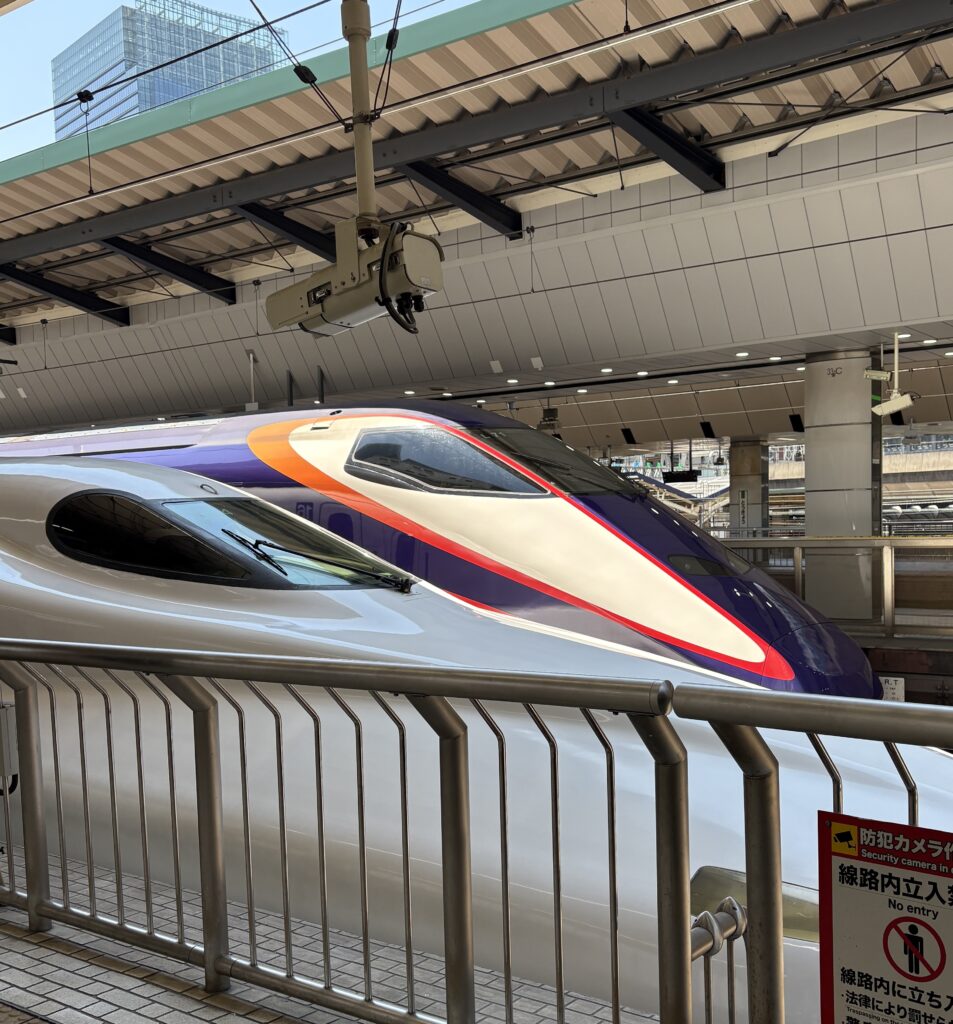
Final Thoughts: Osaka or Kyoto for First-Time Travelers
Choosing between Osaka and Kyoto as a first-time visitor to Japan can feel like choosing between sushi and ramen; you can’t go wrong, but they deliver wildly different experiences.
Kyoto pulls you into Japan’s past. The temples, the geisha culture, the meticulous gardens, and historical architecture all work together to create this surreal sense of stepping back in time. It’s orderly, elegant, and undeniably beautiful.
It’s also where you’ll find some of Japan’s most iconic photo ops, but with that fame comes crowds, higher prices, and a bit more structure to your days.
Osaka, on the other hand, is where things get loud, local, and delicious. It’s easier to relax here. The food scene alone makes it worth the visit, and the variety of activities, from arcades to aquariums to theme parks, adds a ton of flavor to your trip. It feels more real, more fun, and a little less curated.
If you only have time for one city and it’s your first time in Japan, I’d lean and argue that Osaka is worth visiting. It’s a bit more welcoming, a bit more diverse in experiences, and a whole lot more flavorful (literally).
But if you’re chasing history, culture, and a sense of old-world Japan, Kyoto is going to deliver every time.
Better yet, try to visit both. Just give each city the time it deserves—and don’t treat them like interchangeable stops. They each bring something special to the table, and now you know exactly what that is.
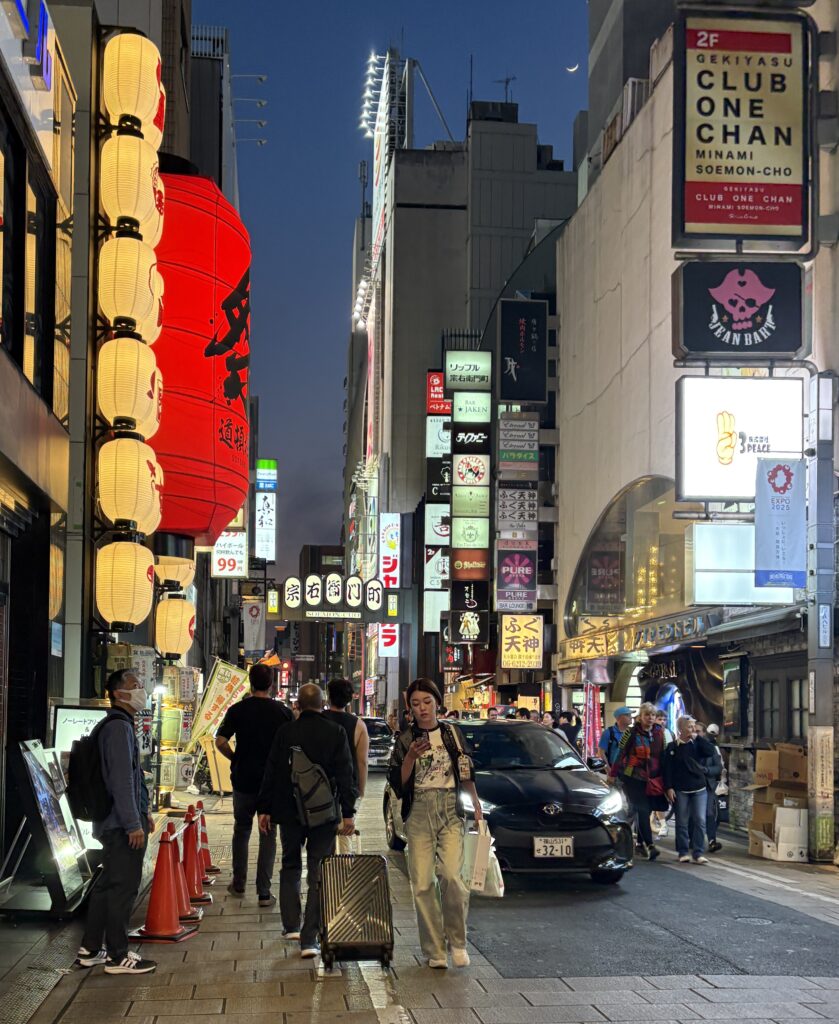
Is Osaka or Kyoto better for a first trip to Japan?
It really comes down to what kind of vibe you’re chasing. If you want a deep dive into culture, traditional architecture, and temples, Kyoto delivers that quintessential Japanese experience.
But if you’re all about flavor, energy, nightlife, and variety, Osaka is a safer and tastier bet for a first-timer.
Can you visit Kyoto and Osaka in one trip?
Very doable, just plan smart. If your trip is 10 to 14 days, aim for 3, 4 days in Osaka and 2 to 3 in Kyoto, layered around your Tokyo base.
Any shorter, say 7 days total, including Tokyo, and you’re really rushing between cities, which works if you’re OK living at train stations.
Is it cheaper to stay in Osaka or Kyoto?
Yes, Osaka is generally cheaper across the board. Hotels, food, and even transit tend to cost less compared to Kyoto’s more premium, tourist-heavy areas.
How many days should I spend in Kyoto and Osaka?
You’ll want at least 3 days in Osaka and 2 in Kyoto. If you’ve more time, consider stretching both by a day to enjoy the pace and personality of each city fully.

